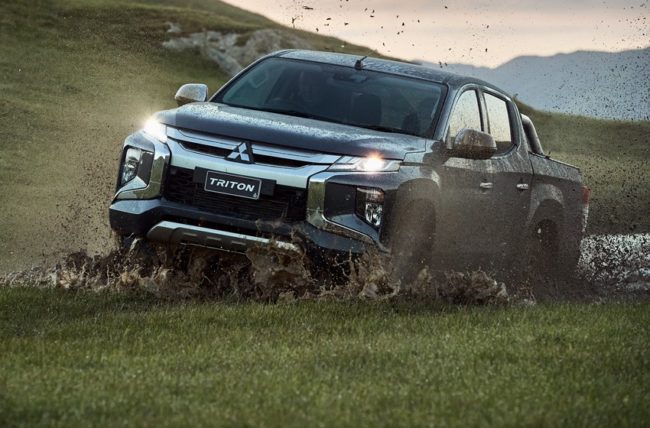People often ask us “should I lease or should I buy?”
While there are advantages and disadvantages to both, there are a few things to consider with both of them.
Buying Outright
When you buy a vehicle, there is a significant upfront cost. This could be in the form of a straight cash payment for the vehicle. Or, it could be through a hire purchase – where you make a down payment and pay a series of installments (normally over 3-5 years) to eventually own the vehicle outright.
Advantages
- Once you have paid the vehicle off, you own it outright
- There are no terms and conditions on customisation
- No terms and condition on kilomtres
- You get to keep the vehicle as long as you want
Disadvantages
- Your capital is tied up in a depreciating asset, so you’re losing money over time.
- It costs more to keep an older vehicle on the road, especially once the manufacturer warranty expires.
- There’s more hassle when you decide to sell your car or trade it in, especially when you consider the following questions.
-What price to sell it for?
-Which car to choose next?
-How much does it cost?
-How much time will this whole process require
-Do I have the cash freely available?
Vehicle Leasing
Vehicle leasing is a finance tool that allows a business to acquire vehicles. The lease company owns the vehicle and you pay a set amount month to rent and use the vehicle.
A lease period is normally 3-5 years and mainly on new vehicles.
At the end of the lease period, you hand the vehicle back in good condition. Instead of paying off the full value of the vehicle as you would with a normal hire purchase, you only pay for the time you are using it.
There is also the option to buy the vehicle at the end of the lease period.
The lease company buys and owns the vehicle. They calculate what the vehicle will be worth at the end of the lease (the residual) based on the kilometers you expect to travel. The difference between the purchase price and the residual is what makes up the monthly lease cost. There are 3 main styles of lease…
- Fixed term and fixed km operating lease eg: 36 months for 75000km where you hand the vehicle back in 3 years in good condition. This is a straight rental agreement.
- Finance Lease: This is the option businesses choose when they have the intention of owning the asset at the end of the lease term. In this situation, there is a fixed term with a known residual.
- SmartLease: An open style operating lease with a fixed term and a known residual and no fixed kilometres. No rights of ownership but more flexible than Option 1.
Advantages
- Does not require large upfront capital investment
- 100% tax deductible expense*
- Free up capital for other parts of your business
- The lease payments are easy to budget for
Disadvantages
- You will be stung with excess wear and tear charges if you don’t keep the vehicle in tip top condition
- Extra charges for exceeding the total kilometres agreed on
- Hard to get out of
- Early termination fee
